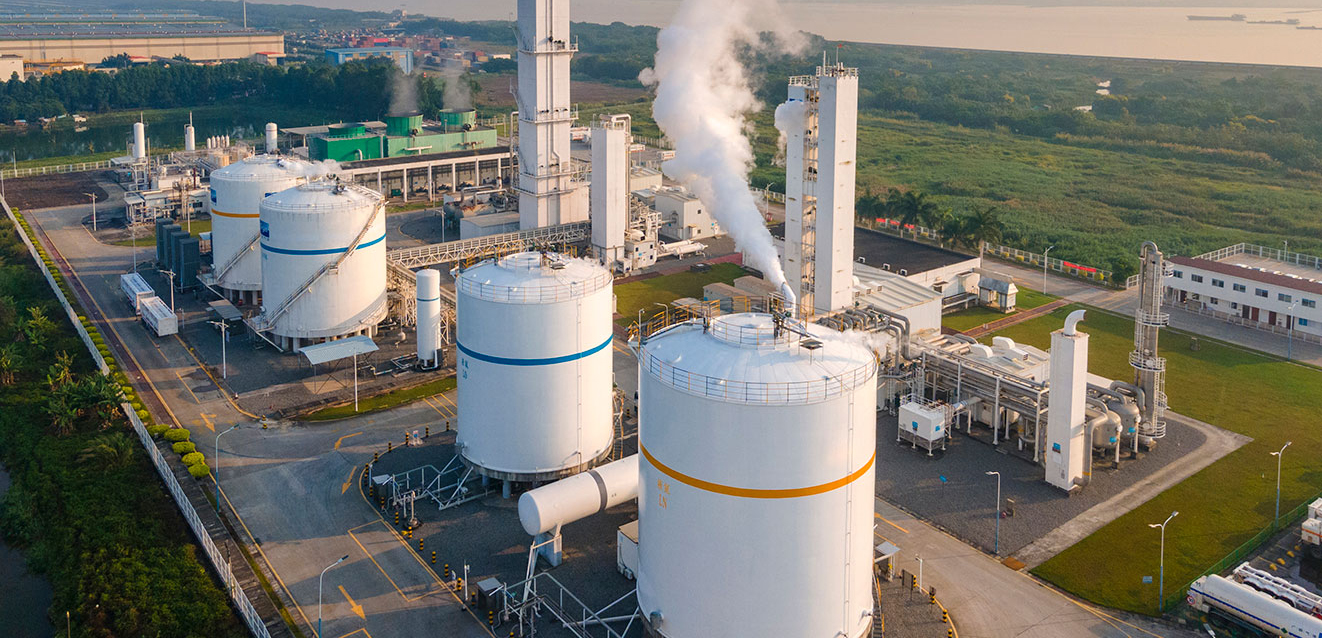With the increasing severity of climate change and environmental issues, energy conservation and emission reduction have become a common concern for enterprises in various countries. In the industrial field, large-scale heating equipment is one of the equipment with high energy consumption, so how to use new technologies to achieve energy conservation and emission reduction has become one of the research focuses of industry. Air energy heat pump is a new type of heating equipment with energy-saving and environmental protection characteristics, which is widely used in the industrial field.
1、 The basic principle of air energy heat pumps

Air energy heat pump is a type of heat pump that utilizes low-temperature heat sources that exist in nature. Through the vaporization and condensation process of refrigerants, the heat energy from the low-temperature heat source is extracted, and then compressed and released to raise it to the required temperature for heating, thereby achieving the purpose of heating. It has the advantages of high energy utilization, environmental protection, safety, reliability, and easy operation, and is therefore widely used in the industrial field.
2、 Comparison between Air Energy Heat Pump and Traditional Heating Methods
Compared to traditional coal-fired and oil-fired heating methods, the advantages of air energy heat pumps are:
Energy saving: The heating efficiency of air energy heat pumps is high, generally reaching over 300%, which generates 3 degrees of thermal energy for every 1 degree of electricity consumed, saving about 60% energy compared to traditional coal-fired and oil-fired heating methods.
Environmental protection: The refrigerant used in air energy heat pumps is a non-toxic, harmless, and environmentally friendly refrigerant that will not cause damage to the atmosphere. However, coal-fired and oil-fired heating will emit a large amount of harmful gases such as carbon dioxide, causing pollution to the environment.
Safety: There is no open flame during the operation of the air energy heat pump, which will not produce harmful gases such as carbon monoxide, and will not cause safety accidents such as fires. However, coal-fired and oil-fired heating have safety hazards.
Easy to operate: The use and maintenance of air energy heat pumps are relatively simple, without the need for professional personnel to operate, while coal-fired and oil-fired heating require professional personnel to operate and maintain.
3、 Application of Air Energy Heat Pump in Industrial Large Heating Equipment
The application of air energy heat pumps in industrial large-scale heating equipment is becoming increasingly widespread, especially in industries with high environmental requirements, such as food processing, pharmaceuticals, electronics, etc. Taking the food processing industry as an example, traditional heating methods often use steam heating or gas heating, which have problems such as high energy consumption and serious pollution. And air energy heat pump heating can effectively solve these problems, reduce energy consumption, reduce pollution, and also ensure the heating effect.
In industrial large-scale heating equipment, air energy heat pumps have some other advantages:
Wide application range: Air energy heat pumps are suitable for various heating equipment, such as boilers, heating furnaces, dryers, heat treatment furnaces, etc.
High control accuracy: The air energy heat pump can adjust temperature and humidity according to work needs, achieving precise control.
Low maintenance cost: The operating cost of air energy heat pumps is low, and maintenance is relatively simple, requiring only regular cleaning and replacement of filters.
It can be used together with other energy equipment: air energy heat pump can be used together with solar energy, geothermal heat pump, waste heat recovery system and other energy equipment to improve energy utilization.
In summary, air energy heat pumps have broad application prospects in industrial large-scale heating equipment, which can effectively achieve the goal of energy conservation and emission reduction, while also improving the safety and stability of industrial equipment, and creating more economic benefits for enterprises.







Comment